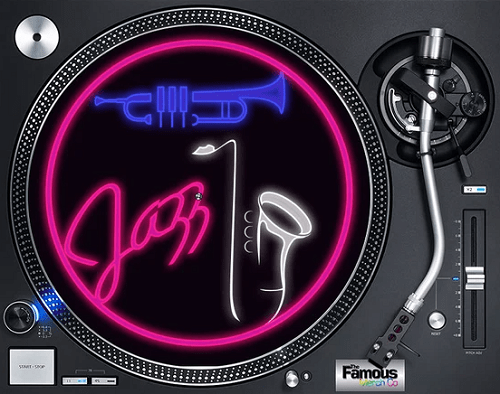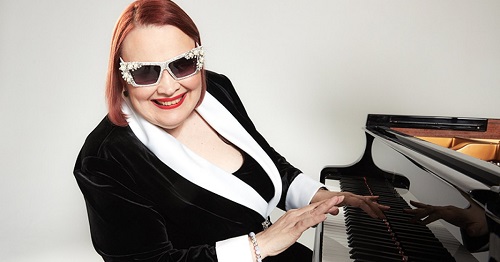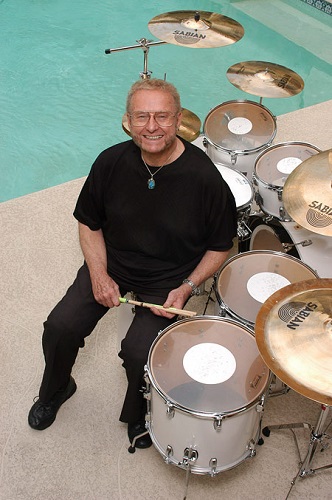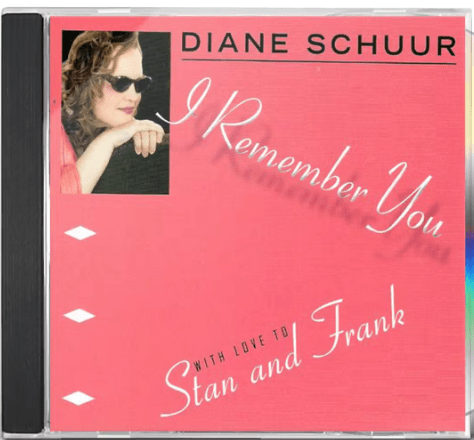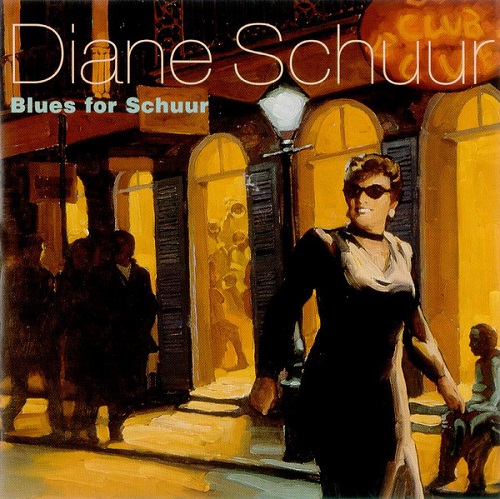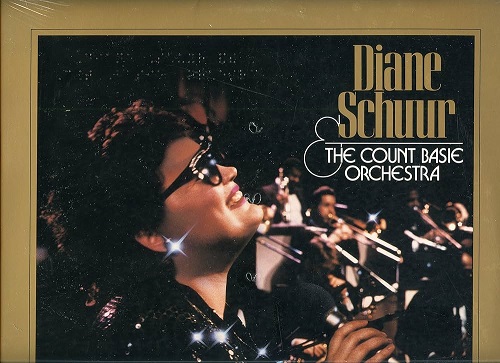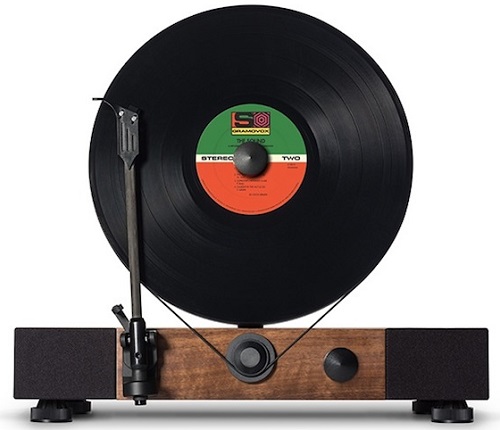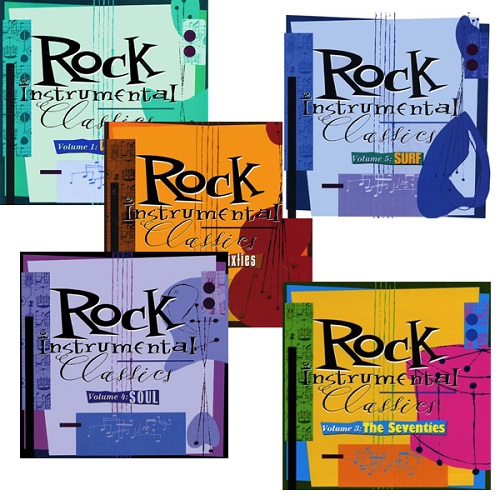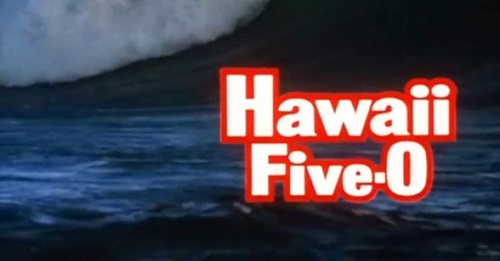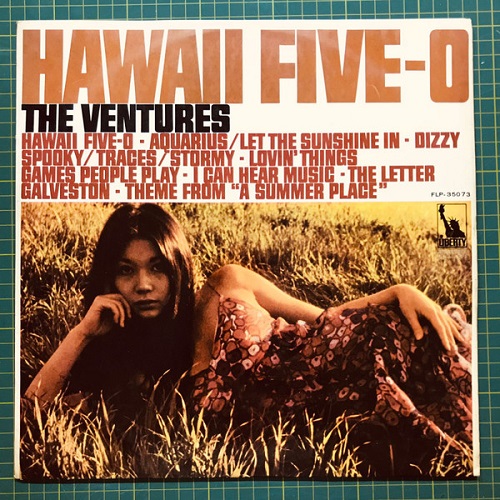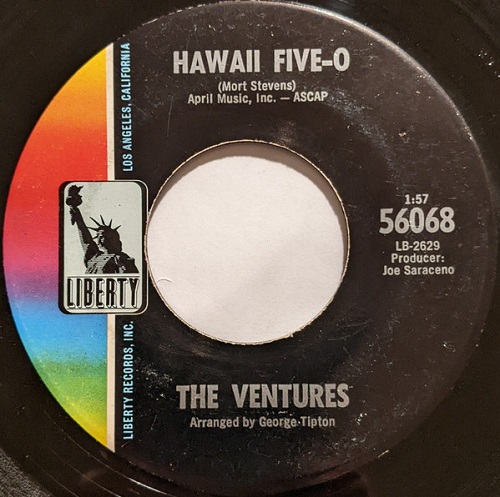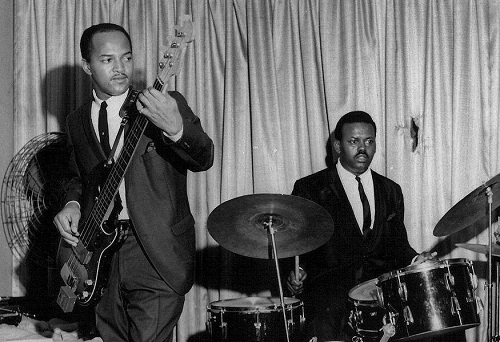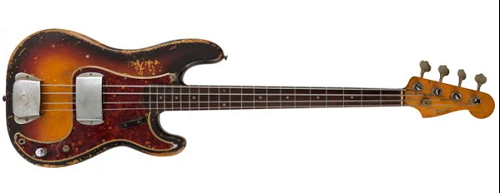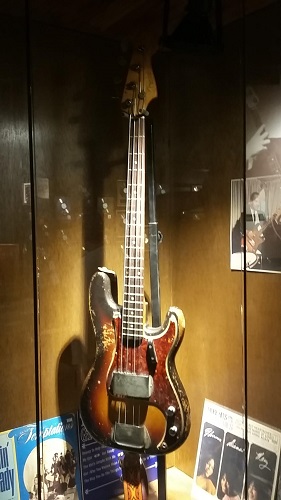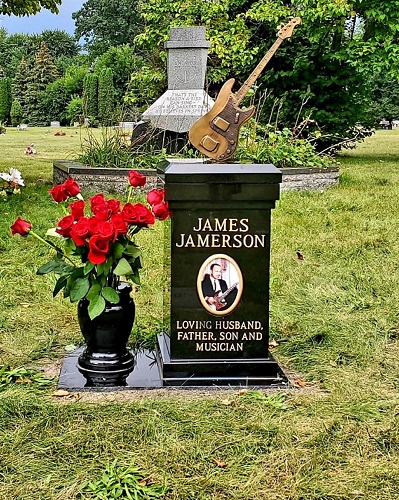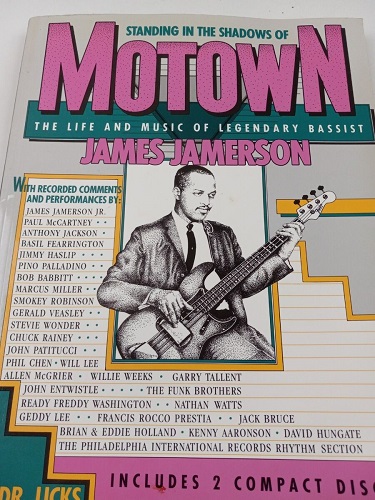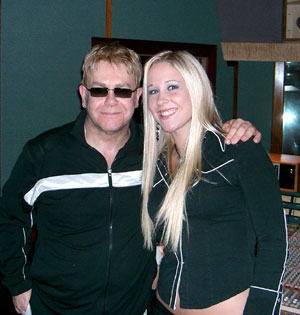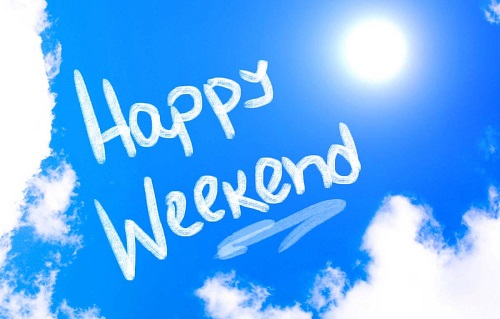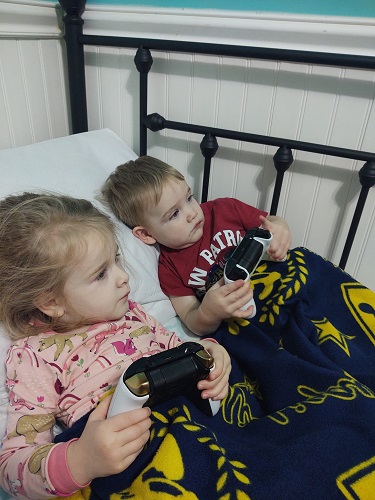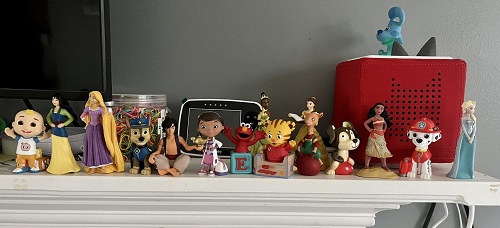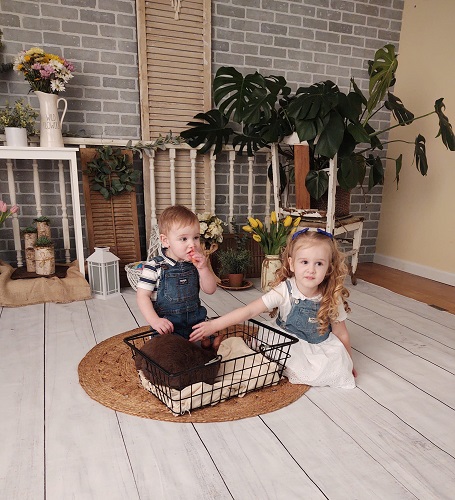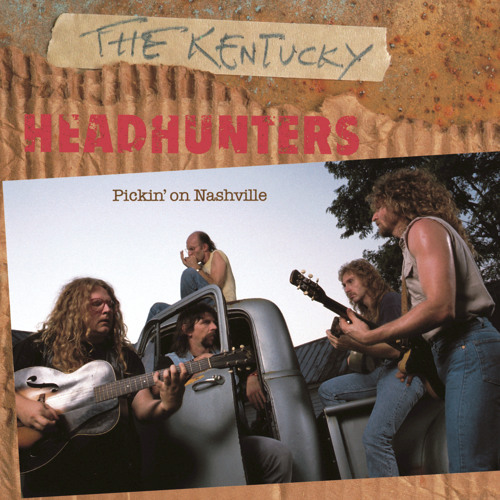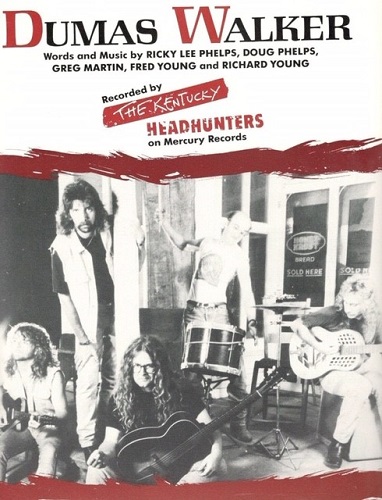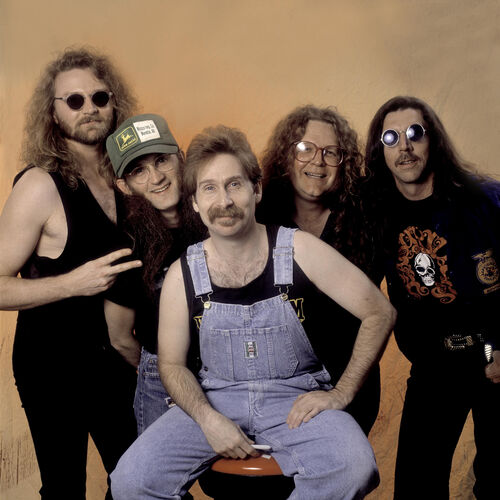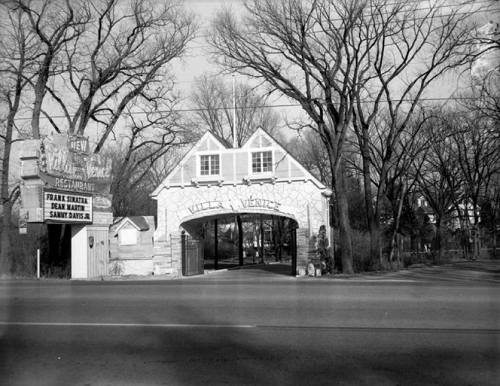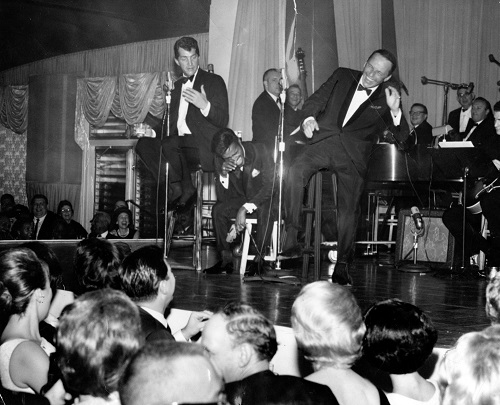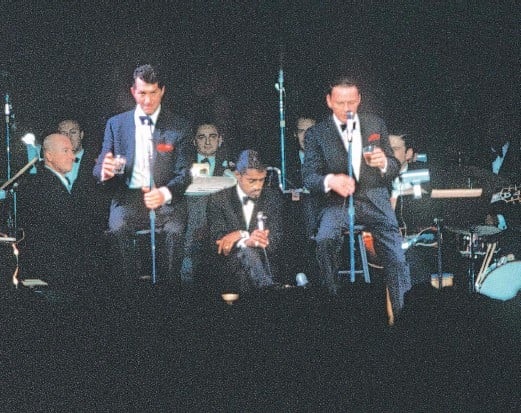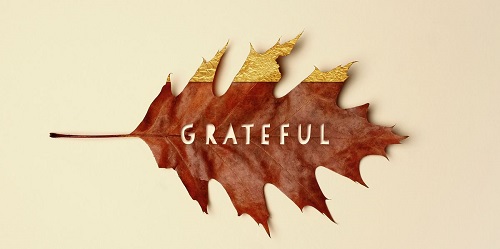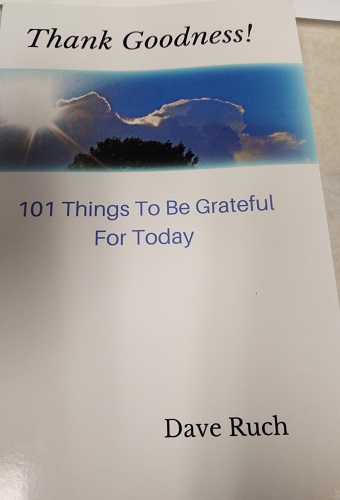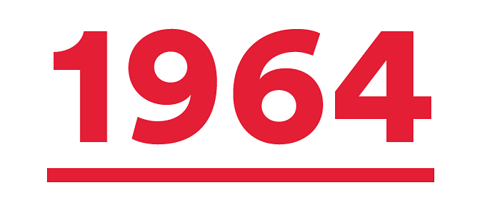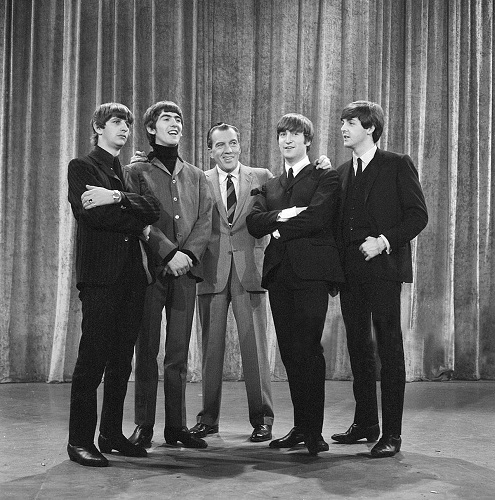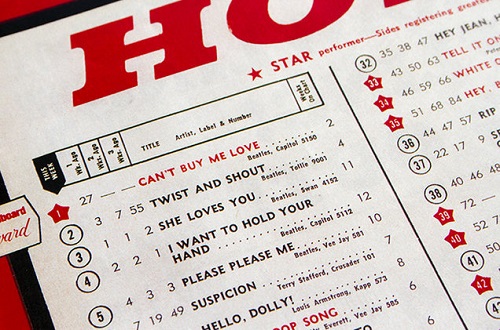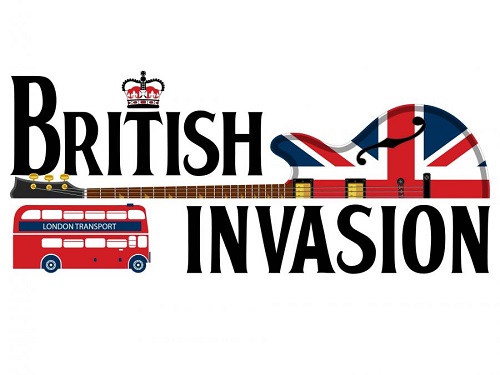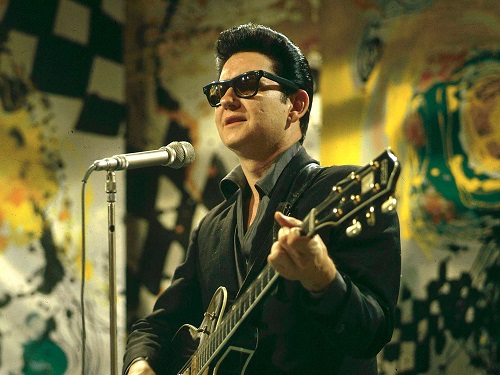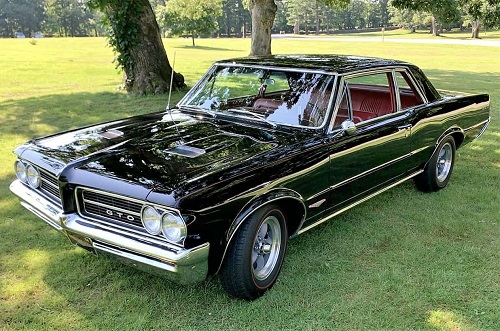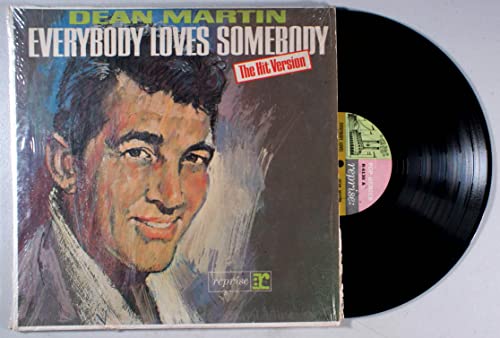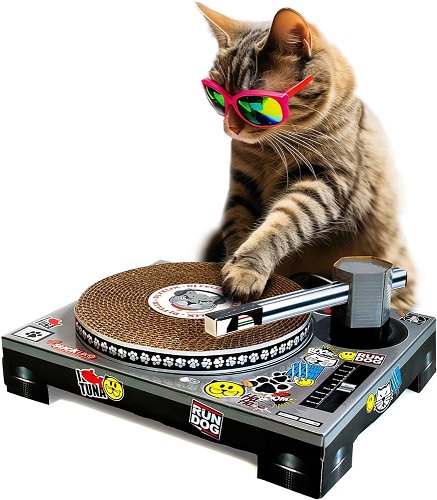
It’s time once again for another submission of Dave Ruch’s Turntable Talk hosted by A Sound Day. Every month he presents our musical blogging community with a musical topic and I have been lucky enough to have participated in every one of them.
This month’s topic was difficult for me, because there were just SO many songs I could choose from. Our instructions for A Novel Idea for a Song were to “pick a novelty record you like. Or else one you love to hate if you don’t have any favorites. I’ll let you decide what exactly is a “novelty” record but I look forward to seeing your picks and maybe having a laugh or two. And maybe a cringe or two as well!“
I want to say that the first novelty song I remember hearing as a kid was Ahab, the Arab by Ray Stevens. This led to the discovery of an album that had all kinds of silly songs on it. The tracks included Mr. Custer, I’m a Nut, Hello Muddah Hello Faddah, and more. What kid doesn’t love a silly song? I began to search for more silly songs. During my search I was introduced to Stan Freberg and his amazing satires, Weird Al Yankovic and various other novelty song collections.
In the late 1980’s, the Doctor Demento Show aired on a local radio station and he played many novelty songs that were completely new to me. The songs he played were recorded anywhere from the 1920’s to the present. I had no idea that novelty songs were something that went back that far. The Dr. Demento show was where I heard Monty Python for the first time and where I was introduced to another artist – Tom Lehrer.
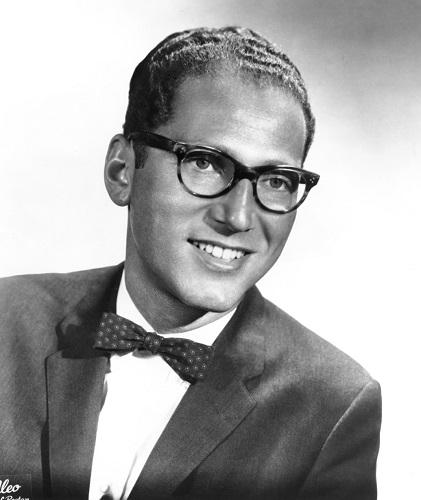
I read where Tom celebrated his 96th birthday this week (April 9), and that is what led me to my song for Turntable Talk. All in all he only recorded about 50 or so songs, and I could have picked one that may not be so …. controversial, however, of all his songs, it was THE one that stuck out to me. More on that in a minute, but first, here’s a bit about him.
According to Wiki, Tom is “an American musician, singer-songwriter, satirist and mathematician, who later taught mathematics and musical theater. He recorded pithy and humorous songs that became popular in the 1950s and 1960s. His songs often parodied popular musical forms, though they usually had original melodies.” His early stuff featured songs that were kind of dark like “Poisoning Pigeons in the Park” and “I Hold Your Hand In Mine.” His later material was a little more topical.
So what led Tom to record this dark and humorous songs? The story goes that Tom had been playing some of these songs for friends and was convinced to record them. According to Wiki, “he paid $15 (equivalent to $171 in 2023) for some studio time in 1953 to record Songs by Tom Lehrer. The initial pressing was 400 copies. Radio stations would not air his songs because of his controversial subjects, so he sold the album on campus at Harvard for $3 (equivalent to $34 in 2023) while “several stores near the Harvard campus sold it for $3.50, taking only a minimal markup as a kind of community service. Newsstands on campus sold it for the same price.”
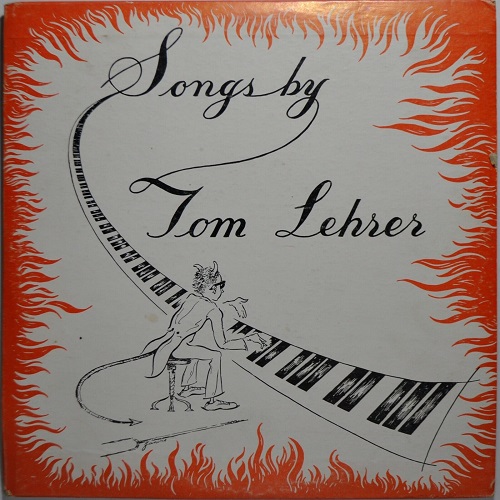
This was followed by “More by Tom Lehrer” and a live concert version of those songs on a album called “An Evening Wasted with Tom Lehrer.

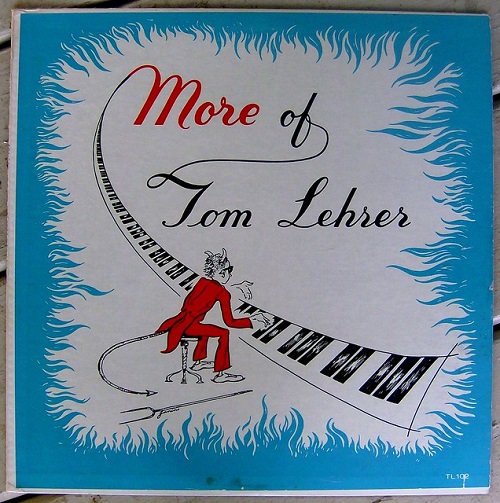
In 1960, he basically retired from touring in the US, but he was employed as the resident songwriter for the U.S. edition of That Was The Week That Was. TWTWTW was a satirical TV show and he was responsible for a song per show.
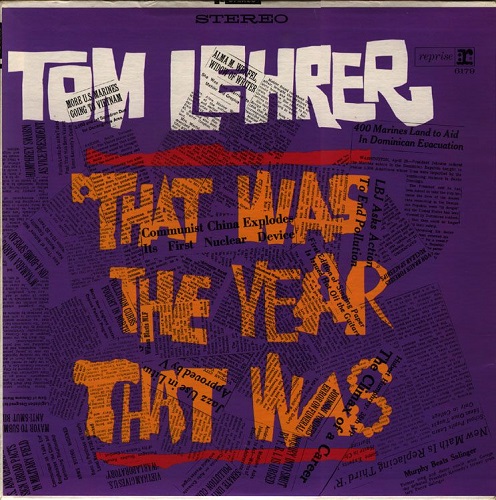
For the show (and the album of the same name), he wrote songs about political and topical events. There were songs about education (New Math), race relations (National Brotherhood Week), the ecology (Pollution), and the military (Send the Marines). What are the two things people aren’t supposed to talk about – politics and religion, right? Naturally, Tom had a funny take on a religious news event.
The Second Vatican Council took place in the early to mid-1960’s. A spoken introduction describes The Vatican Rag as a response to the “Vatican II” council—which, among other things, broadened the range of music that could be used in services. Tom humorously proposes this “rag” as a more accessible alternative to traditional liturgical music of the mass.
Before I go on, I want to say that I was born and raised Catholic. I am a Christian who no longer practices Catholicism (my choice). I did not pick this particular song as one to offend, but it may very well do so. Humor, they say, is subjective. That being said, while the song mocks some of the Catholic rituals (confession, the rosary, and more), it is the fact that it is a rag that makes it so ridiculous. You can imagine, howeverm that many people of that faith considered it blasphemous at the time.
Lehrer never submitted the song to the show That Was the Week That Was, as he felt they would edit all the satire out of the song. Instead, he debuted the song at a California nightclub called the Hungry I. At one performance, actor Ricardo Montalban was in the audience and it is said that he approached Lehrer and told him “I love my religion. I would die for my religion.” Lehrer reportedly responded, “Hey, no problem, as long as you don’t fight for your religion.”
At this point there are a couple of Tom Lehrer quotes I want to share with you before you listen to the song:
“You can’t be satirical and not be offensive to somebody.”
“The people who came to hear me perform or to buy my records were not the type who would be offended (by the song The Vatican Rag). But I gather that there were other people who were offended.”
About the song, he says, “Well, I wasn’t really attacking the religious beliefs, I was attacking the formality of the rituals of the Catholic church; however, people took it wrongly.”
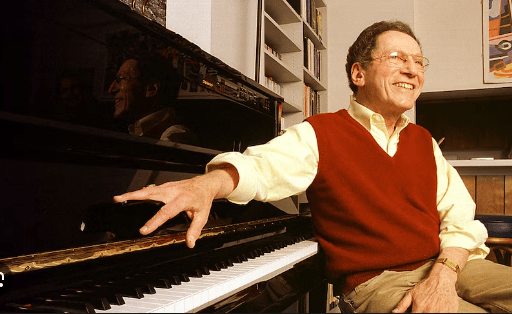
With all of that being said, I hope this one song I picked doesn’t stop you from checking out some of his other stuff. For example, The Elements is a fantastic song that literally just lists all the elements. It is a fan favorite. Lehrer fan Daniel Ratcliff (Harry Potter) actually sang it on The Graham Norton talk show from memory (this is what led Weird Al Yankovic to pursue Ratcliff to play him in his recent movie).
Tom Lehrer’s fans consider The Vatican Rag to be one of his best compositions. So without any further ado, pull up a pew and give it a listen.
Lehrer has said, jokingly, of his musical career: “If, after hearing my songs, just one human being is inspired to say something nasty to a friend, or perhaps to strike a loved one, it will all have been worth the while.” In October 2020, Lehrer transferred the music and lyrics for all songs he had ever written into the public domain. In November 2022, he formally relinquished the copyright and performing/recording rights on his songs, making all music and lyrics composed by him free for anyone to use, and established a website (https://tomlehrersongs.com) from which all of his recordings and printable copies of all of his songs could be downloaded. His statement releasing all his works into the public domain concludes with this note: “This website will be shut down at some date in the not too distant future, so if you want to download anything, don’t wait too long.”
Thanks again to Dave from A Sound Day for a great Turntable Talk Topic. Hopefully, after my choice, he will invite me back next month. Maybe I should have just went with The Curly Shuffle, instead?
